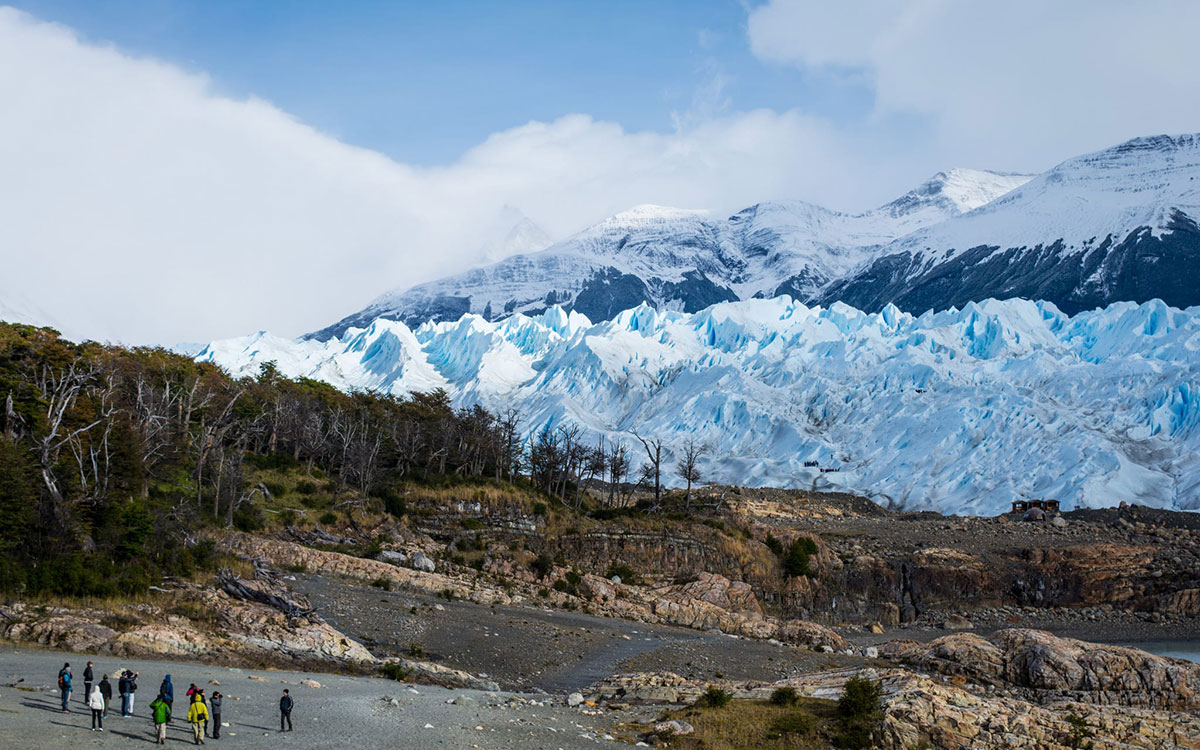How to Explain Travel to a Five-Year-Old
I’ve been a traveler my whole life — and was lucky enough to have a family that prioritized experiencing new destinations throughout my childhood. Now, it’s my nephew’s turn. At two years old, with seven countries down, he’s on his way to becoming a citizen of the world.
All Aboard the Rocky Mountaineer Five-Year-Old
In this interview, correspondent Polly Nash talks to fire fighter Cami Schafer about one of the many frightening effects of climate change; the ever-growing threat of wildfires around the world. Last year California was hit by the Dixie Fire, the largest single forest fire in the state’s history.
The Castle on the Cliff: Majestic, Magic, Manoir
Thousands of migrants – of whom, many are children – suffer from deadly heat conditions at the US-Mexico border. As the effects of climate change worsen day by day, extreme weather conditions are causing a high risk of dehydration and death amongst migrants who try to enter the States
Tiptoe through the Tulips of Washington
2021 will be a Different Skagit Valley Tulip Festival. We know there will be restrictions on the number of people who can visit our fields and gardens (and other retail establishments/restaurants/venues) based on COVID guidelines established by the state and county governments.


